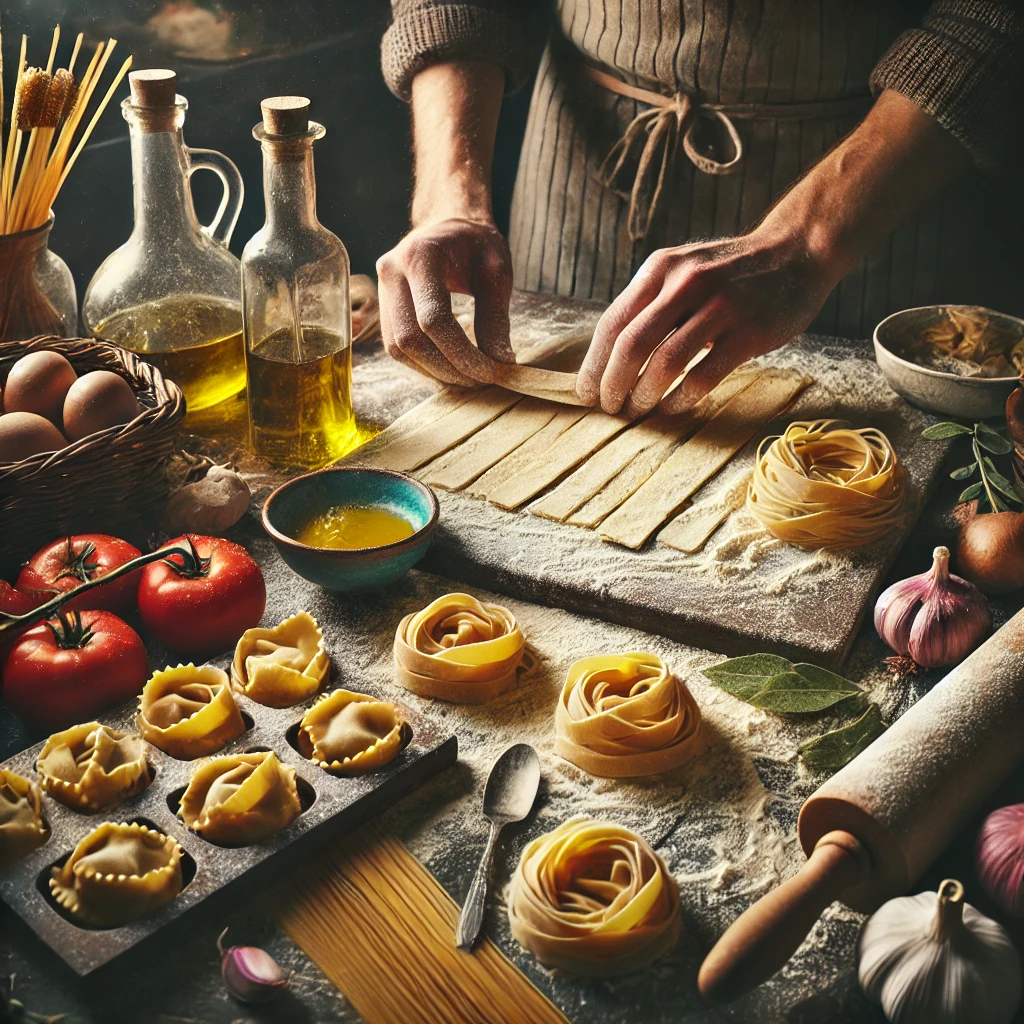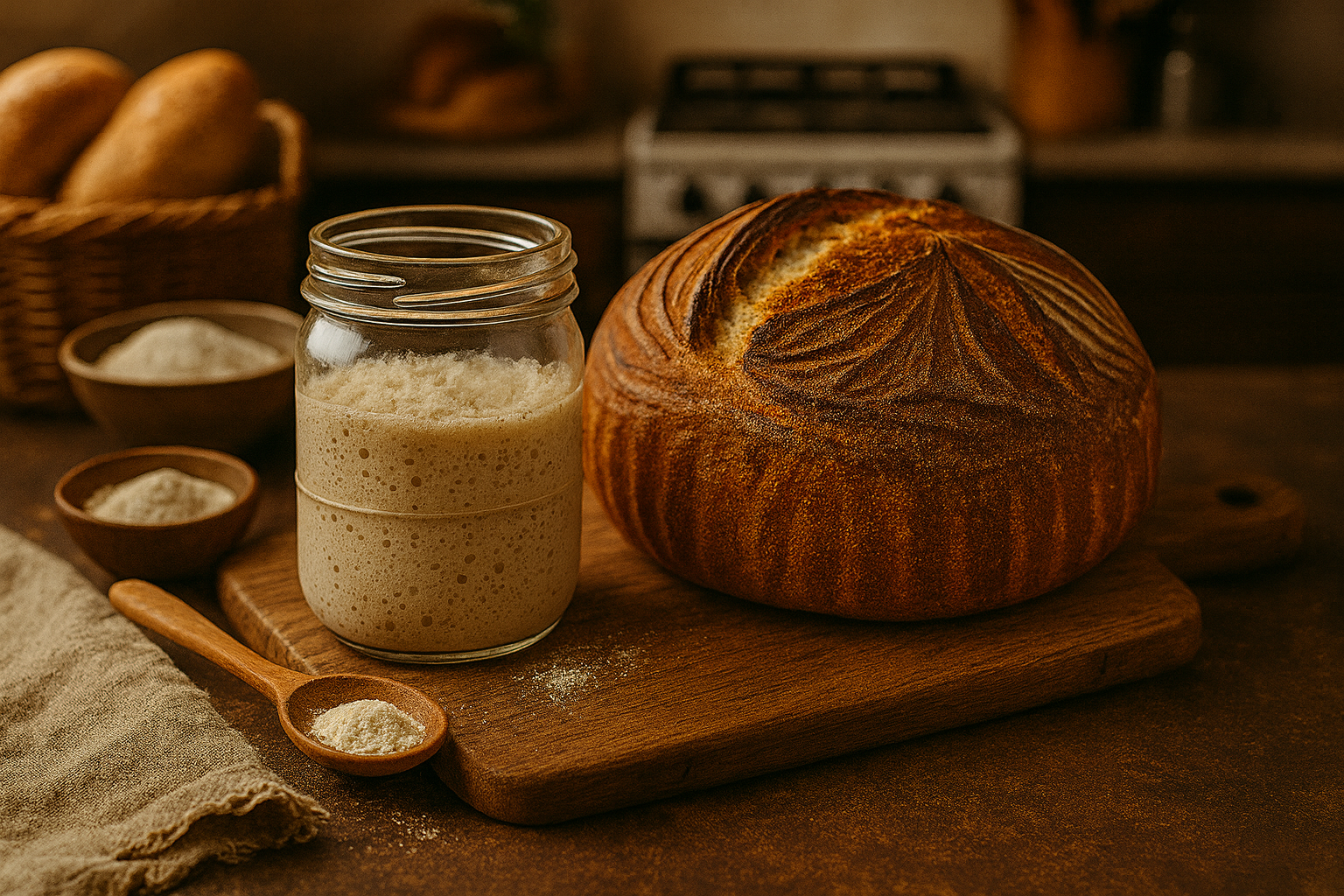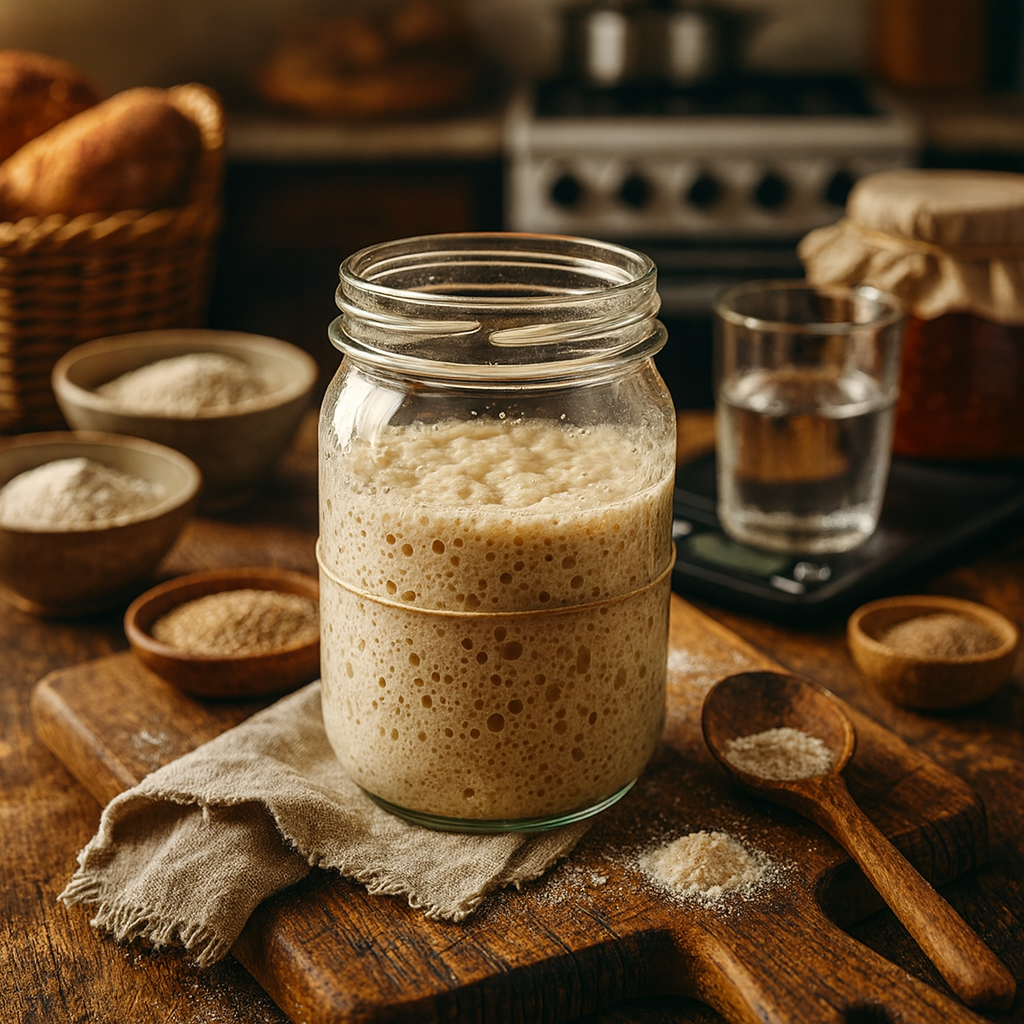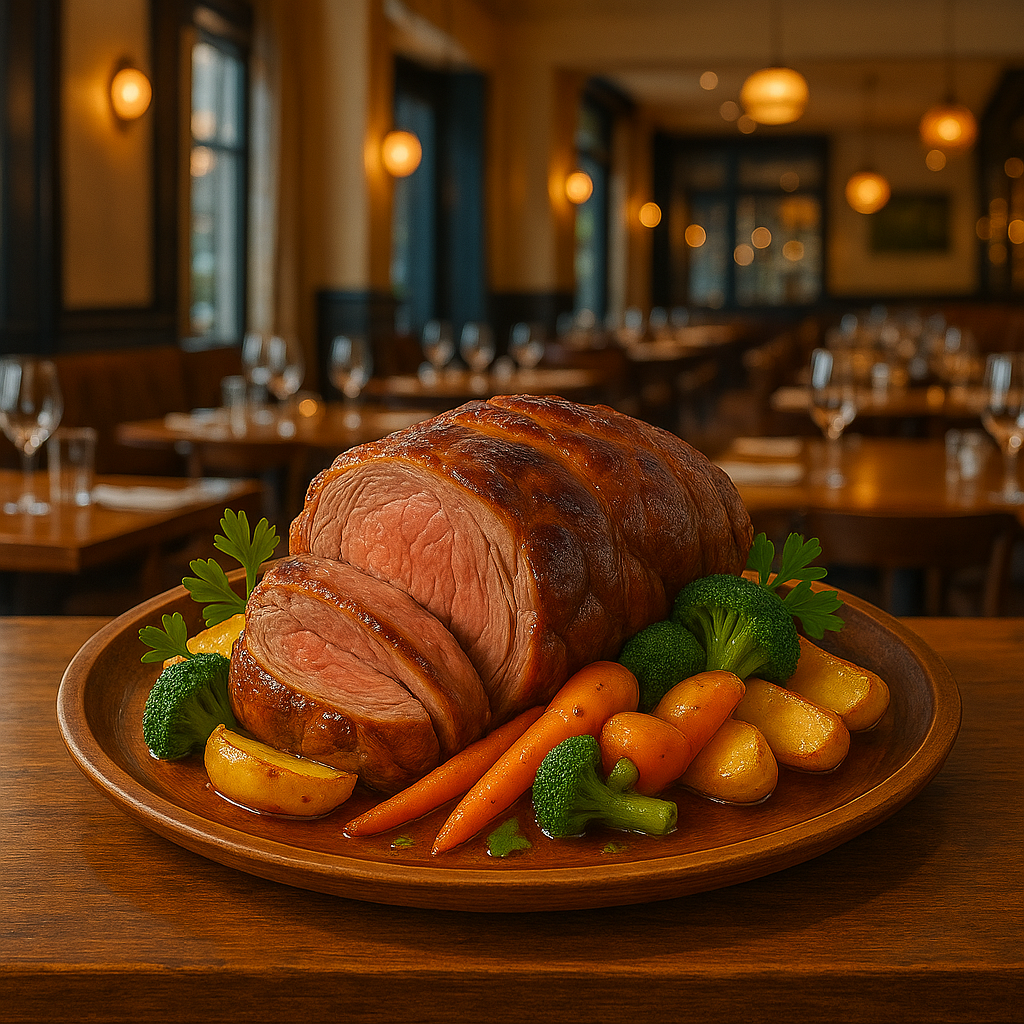Table of Contents
Introduction to Italian Pasta
Pasta is not merely a dish in Italian cuisine but a vital element of Italy’s cultural and culinary identity. This beloved staple, which serves as a canvas for a variety of sauces and ingredients, reflects the rich history and regional diversity of the nation. The preparation and consumption of pasta carry significant stories and traditions, connecting generations through family recipes and communal meals.
The variety of pasta types available underscores the regional uniqueness across Italy. From long strands of spaghetti and fettuccine to short shapes like penne and farfalle, every region boasts its specialties. For instance, one might find orecchiette in Puglia, trofie in Liguria, and ravioli in Emilia-Romagna. Each form not only contributes to the visual appeal of a dish but also influences the texture and flavor experience. The selection of pasta is often dictated by the local ingredients and culinary practices, highlighting the importance of regionalism in Italian cooking.
Authenticity is a key concept when discussing Italian pasta dishes. This notion involves not only the adherence to traditional recipes but also the selection of quality ingredients and methods that have been passed down through generations. By mastering the craft of pasta making, home cooks can dive deeper into the culinary heritage of Italy, achieving flavors that resonate with the origins of each recipe. Understanding these fundamental aspects of Italian pasta is essential for anyone looking to replicate authentic Italian dishes, creating a connection to the heritage and history that pasta embodies within Italian culture.
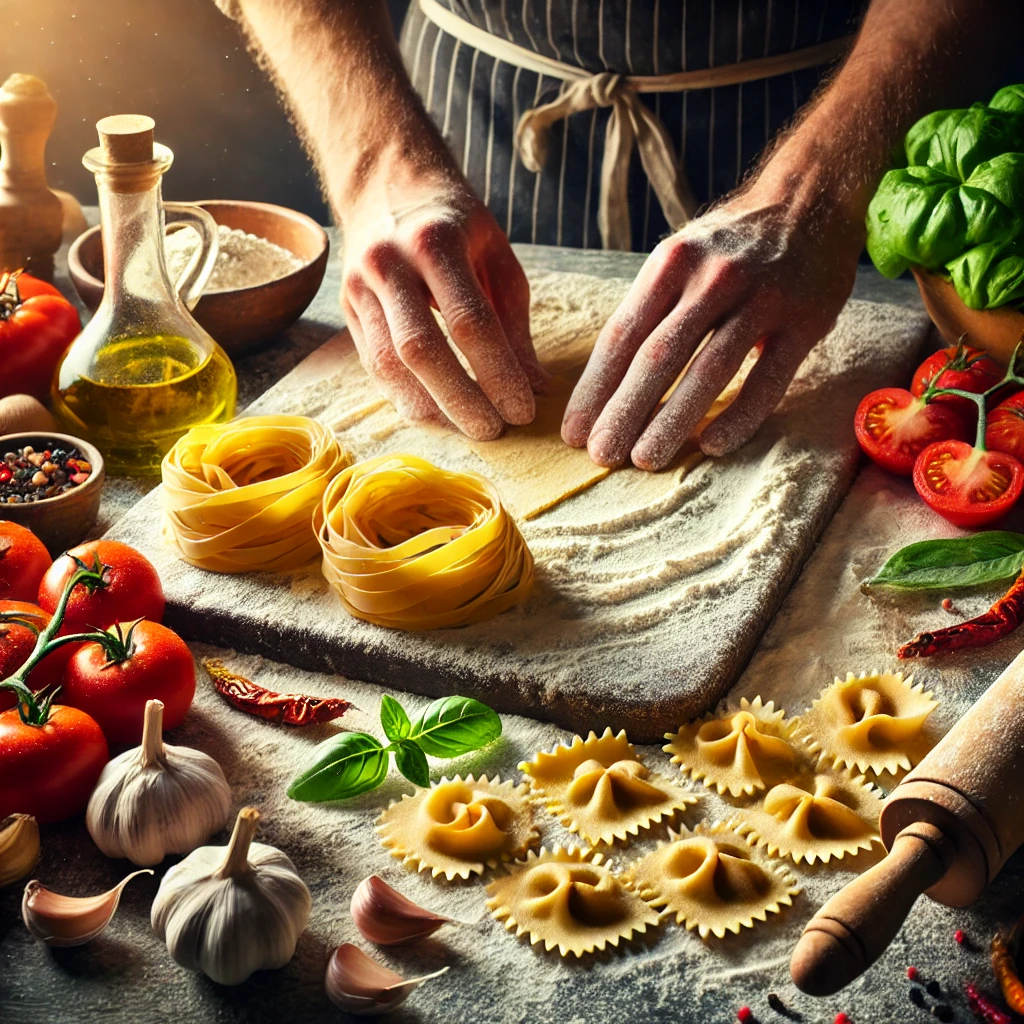
Essential Tools for Making Pasta
Creating authentic Italian pasta requires both skill and the right equipment. To start your journey in pasta making, it is important to gather several essential tools. The first item on your list should be a well-made pasta machine. This versatile tool is crucial for rolling out dough to the perfect thickness uniformly. While hand-rolling is an option, a machine will save time and ensure consistency in texture, which is vital for achieving the desired final product.
In addition to a pasta machine, a high-quality rolling pin is indispensable for those who prefer the traditional method. A wooden rolling pin, typically 18 inches long, allows for optimal maneuverability when rolling out the dough. It is also important to utilize a suitable surface for your work, such as a marble or wooden countertop, to ensure smooth dough handling.
Cutters, such as a pasta wheel or specialized cutting tools, help shape your pasta into various styles, including fettuccine, tagliatelle, or ravioli. Investing in a ravioli stamp can significantly elevate your pasta-making experience. Furthermore, when it comes to drying your pasta, a drying rack allows your freshly shaped noodles to air out and maintain their form, preventing them from sticking together.
Materials also play a critical role in the pasta-making process. Quality flour, particularly “00” flour, is recommended as it has an ideal protein content and fine texture, producing a softer, more elastic dough. When using eggs, opting for fresh, high-quality eggs will enhance the flavor of your pasta while contributing to its richness. These tools and materials combine to provide you with the knowledge needed to create authentic Italian pasta dishes with confidence.
Selecting the Right Ingredients
When it comes to mastering Italian pasta, the significance of high-quality ingredients cannot be overstated. Authentic pasta is grounded in the choice of flour, eggs, and optional enhancements that elevate the dish to its full potential. One of the essential components in crafting superior pasta is the type of flour used. Semolina flour and 00 flour are the most favored choices among Italian chefs. 00 flour, which is finely milled, creates a silky texture that yields an exceptionally smooth pasta surface, making it ideal for delicate dishes such as tagliatelle and ravioli.
Eggs also play a crucial role in giving pasta its rich flavor and vibrant color. When selecting eggs, opt for fresh, free-range organic eggs, as they contribute to a deeper yolk color and enhanced taste. Many traditional Italian recipes call for a blending of flour and egg, typically maintaining a ratio of one egg for every 100 grams of flour, though this may vary based on the specific pasta type being prepared.
In addition to flour and eggs, flavor enhancements can provide an extra dimension to your pasta. Ingredients such as herbs, spices, or infusions can be added to the dough to create unique flavors that complement your dishes. For instance, incorporating spinach for a vibrant green color or beetroot for a striking red hue not only boosts the visual appeal but also adds subtle flavors.
Sourcing authentic Italian ingredients is essential for achieving the best results. Specialty stores and online retailers often provide various products sourced directly from Italy, ensuring both quality and authenticity. In many cases, local farmers’ markets might also feature artisanal goods that reflect traditional practices. Prioritizing quality in your ingredients will significantly enhance your pasta-making experience and lead to a truly authentic Italian dining experience.
Basic Techniques for Making Fresh Pasta
Making authentic Italian pasta begins with the fundamental techniques for crafting fresh pasta dough from scratch. This process is not only satisfying but also allows for a variety of pasta shapes and styles, from tagliatelle to ravioli. To start, gather high-quality ingredients: you will need flour, eggs, and a pinch of salt. For traditional dough, ’00’ flour is recommended as it yields the best texture.
Begin by creating a mound of flour on a clean surface, then make a well in the center. Crack the eggs into this well and sprinkle a pinch of salt. Using a fork, gently beat the eggs, gradually incorporating the flour from the edges of the well until a shaggy dough forms. This initial mixing is crucial for combining the ingredients evenly without overworking the dough.
Next, knead the dough on the floured surface. This step is essential, as it develops the gluten and gives the pasta its structure. Knead the dough for about 8-10 minutes, or until it becomes smooth and elastic. If the dough feels too sticky, incorporate a little more flour as needed, but be cautious not to add too much, which can lead to a dense result.
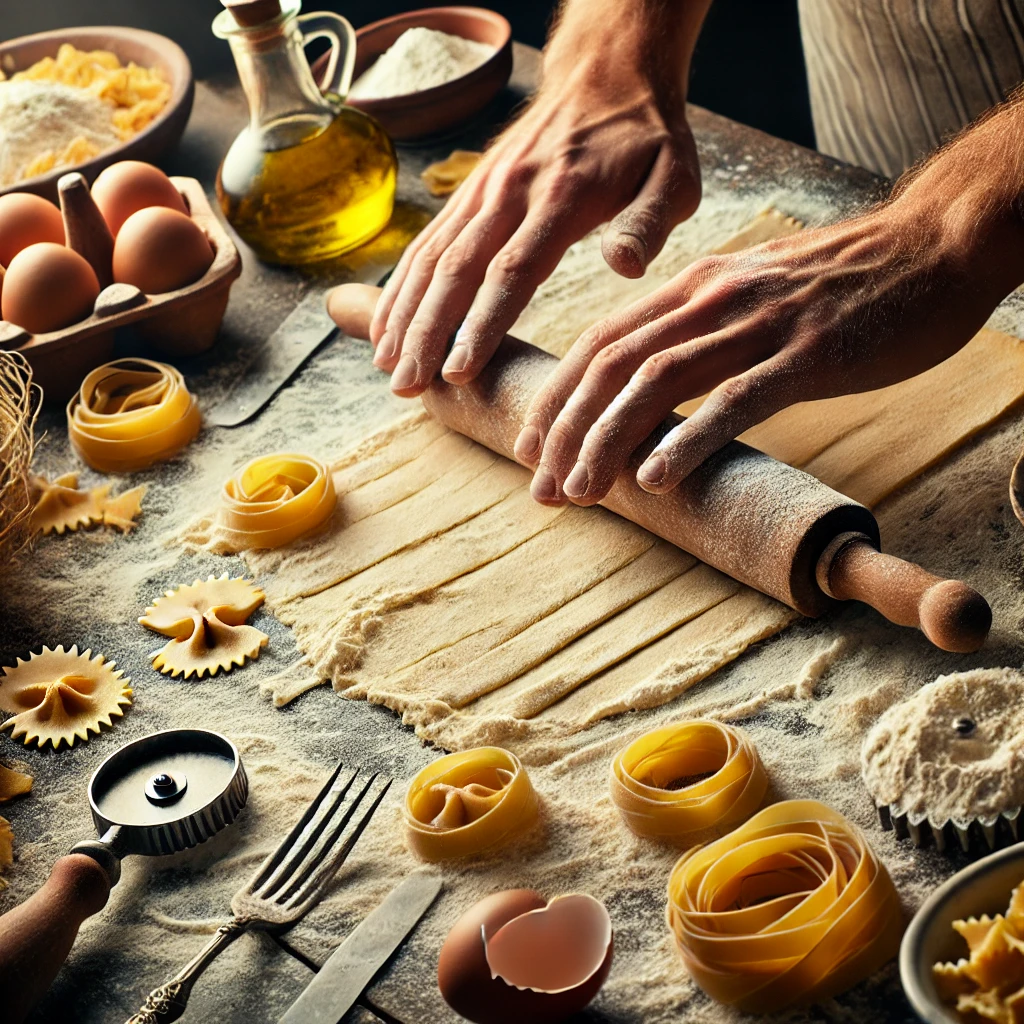
Once kneaded, wrap the dough in plastic wrap and let it rest for at least 30 minutes at room temperature. Resting allows the gluten to relax, making it easier to roll out later. After the resting period, divide the dough into smaller portions and begin rolling. Use a pasta machine or a rolling pin to achieve the desired thickness, ensuring that the surface is lightly floured to prevent sticking.
These basic techniques form the foundation for making a variety of fresh pasta. Should you encounter common issues—such as the dough being too dry or too sticky—adjustments can be made by adding a few drops of water or a bit more flour until the optimal consistency is achieved. With practice, you will gain confidence and skill in your pasta-making journey.
Crafting Different Types of Pasta Shapes
Pasta comes in a delightful variety of shapes and sizes, each with a unique origin and culinary use. Understanding these different types is essential for anyone aiming to master authentic Italian dishes. Among the most renowned homemade pasta varieties are tagliatelle, fettuccine, ravioli, and gnocchi.
Tagliatelle, originating from the Emilia-Romagna region, is a flat, ribbon-like pasta that is approximately 6 to 10 mm wide. Traditionally paired with rich meat sauces, such as Bolognese, tagliatelle is made by rolling out the dough and slicing it into strips. To create tagliatelle, the dough should be prepared using a mix of flour and eggs, then rolled out thinly before cutting it into the desired width.
Fettuccine is similar to tagliatelle but is slightly thinner and originates from Rome. This pasta shape is often served with creamy sauces, particularly Alfredo, which complements its texture well. The process of making fettuccine mirrors that of tagliatelle: roll out the dough and slice it into narrow ribbons. A light dusting of flour ensures that the strands remain separate and do not stick together.
Ravioli, on the other hand, is a stuffed pasta that hails from various regions in Italy. Typically square or circular, these pillow-like envelopes are filled with a variety of ingredients, ranging from ricotta and spinach to meats. To create ravioli, a thin sheet of pasta dough is rolled out, filled with the desired mixture, and then covered with another sheet of dough, which is sealed by crimping the edges.
Lastly, gnocchi are small dumplings made from potato or flour-based dough, known for their soft texture. Their preparation involves boiling the potatoes, mashing them, and combining them with flour to form a dough. Gnocchi can be shaped by hand or with the use of a fork to create traditional ridges that hold sauces beautifully. Each of these pasta shapes offers an opportunity to experiment in the kitchen and elevate one’s pasta-making skills.
Cooking Fresh Pasta: Techniques and Times
Cooking fresh pasta requires a different approach than its dried counterpart, primarily due to its higher moisture content and more tender structure. When preparing fresh pasta, it is crucial to cook it for a shorter period, usually between two to four minutes, depending on the thickness of the pasta. Fresh pasta typically cooks more quickly than dried varieties, making it essential to monitor closely to avoid overcooking.
The first step in the cooking process is to bring a large pot of water to a vigorous boil. The addition of salt to the boiling water is a significant factor in enhancing the pasta’s flavor. It is recommended to use approximately one tablespoon of salt per gallon of water. This seasoning not only infuses the pasta with taste but also helps to enhance the overall authenticity of the dish. Once the water reaches a rolling boil, carefully add the fresh pasta.
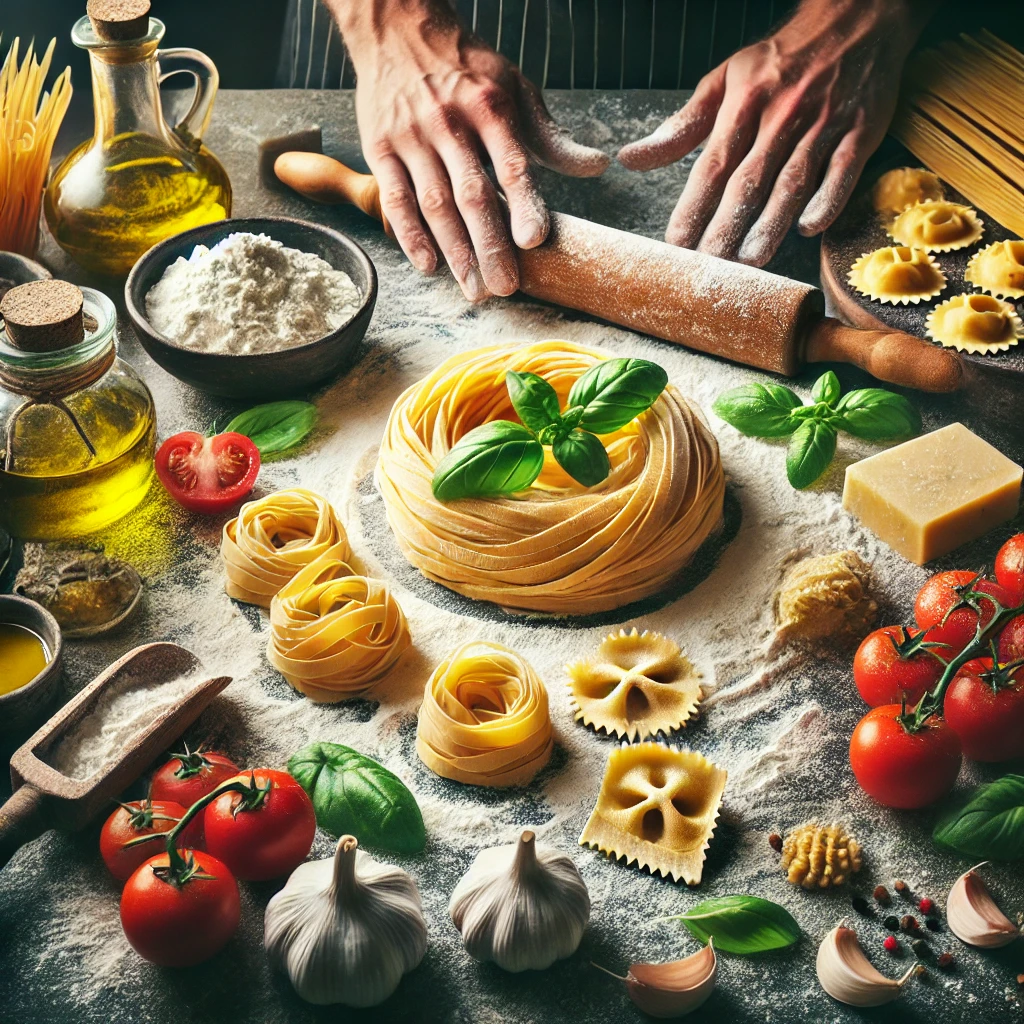
To achieve the perfect al dente texture—a hallmark of authentic Italian pasta—timing is critical. Fresh pasta should be tasted a minute before the recommended cooking time ends, ensuring it maintains a slight firmness when bitten. Al dente pasta should yield to the bite without being hard, providing an ideal texture that complements sauces adeptly.
As the pasta cooks, stirring occasionally can prevent it from sticking together or to the pot. To check for doneness effectively, a small piece can be removed and sampled. Once the desired texture is achieved, promptly draining the pasta and adding it to the sauce of choice will enhance the dish’s overall flavor, creating a harmonious balance between the pasta and the accompanying ingredients.
Complementary Sauces and Pairings
Creating an exceptional Italian pasta dish extends beyond the pasta itself; the sauces and pairings play a crucial role in enhancing its flavor and texture. Among the traditional sauces, marinara, pesto, and carbonara stand out as delightful companions that elevate freshly made pasta.
Marinara sauce, characterized by its simple yet robust flavor profile, is a classic choice. Made with ripe tomatoes, garlic, onions, and a blend of herbs, this sauce is easy to prepare. Start by sautéing finely chopped onions and garlic in olive oil until translucent. Add canned or fresh tomatoes along with basil and oregano, allowing the mixture to simmer until it thickens. This sauce’s acidity pairs beautifully with the smoothness of fresh pasta, making it an ideal pairing.
Pesto, a vibrant green sauce originating from Genoa, offers a fresh and herbal twist. Traditionally made with basil, pine nuts, Parmesan cheese, garlic, and olive oil, pesto complements pasta with its bright flavors. To create a classic pesto, blend fresh basil leaves with pine nuts, garlic, and Parmesan until a paste forms. Gradually incorporate olive oil to achieve the desired consistency. This rich and aromatic sauce works particularly well with flat pasta types like fettuccine, allowing the sauce to cling onto each strand uniformly.
Carbonara is another iconic sauce that beautifully marries with spaghetti and bucatini. Typically made with eggs, cheese, pancetta, and black pepper, it delivers a creamy richness without the need for cream. The key to a perfect carbonara lies in the timing; quickly mix the hot pasta with the egg yolks and cheese to create a silky sauce. The saltiness of the pancetta, combined with the umami of the cheese, uniquely enhances the nuttiness of the pasta.
Incorporating these traditional sauces not only amplifies the pasta experience but also showcases the importance of balancing flavors and textures. Ultimately, the right sauce can transform a simple pasta dish into an unforgettable culinary delight.
Storing and Preserving Fresh Pasta
Storing and preserving fresh pasta properly is essential for maintaining its texture and flavor, whether you plan to use it immediately or save it for later meals. Fresh pasta, unlike dried varieties, has a short shelf life, necessitating specific storage techniques to retain quality. The first method of preserving fresh pasta is refrigeration. After preparing the pasta, it should be arranged in loose nests or flat sheets, then placed in an airtight container or wrapped in plastic wrap to prevent it from drying out. When stored in the refrigerator, fresh pasta can last up to two days before diminishing in taste and texture.
For longer-term storage, freezing is an excellent option. To freeze fresh pasta, first, allow it to dry slightly at room temperature for about 15 minutes. This step helps to prevent the pasta from sticking together once frozen. After this initial drying, arrange the pasta in a single layer on a baking sheet and place it in the freezer. Once the pasta is fully frozen, you can transfer it to a sealable freezer bag or an airtight container, ensuring you remove as much air as possible to prevent freezer burn. Frozen fresh pasta can be stored for up to three months and does not require thawing; it can be added directly to boiling water for cooking.
Another preservation method is drying the pasta. This technique allows fresh pasta to turn into shelf-stable dried pasta that can be stored at room temperature. To do this, hang the pasta on a drying rack or a clean clothesline until it is completely dry, which may take several hours to a day, depending on humidity. Once fully dried, store the pasta in a cool, dark place in an airtight container. Mastering these storage methods ensures your homemade pasta remains delightful, ready to be transformed into authentic Italian meals at any time.
Conclusion: Tips for Mastering Pasta Making
As we draw our exploration of authentic Italian pasta making to a close, it is important to reflect on the essential techniques and insights gained throughout the journey. Mastering the art of pasta creation requires not only an understanding of the ingredients and methods but also a passion for the culinary tradition that Italy embodies. Consistency in practice is a fundamental principle; the more you engage with the process, the more adept you will become. Start with simple recipes that allow you to focus on perfecting the dough, shapes, and cooking methods.
One of the most crucial aspects to remember is the quality of ingredients. Opt for high-quality flour and fresh eggs, as they are vital for achieving the ideal texture and flavor in your pasta. Understanding the characteristics of different flour types, such as ’00’ flour, can significantly enhance the quality of your pasta. Additionally, it is beneficial to utilize pure, fresh ingredients for your sauces, as they complement the pasta beautifully and elevate the dish.
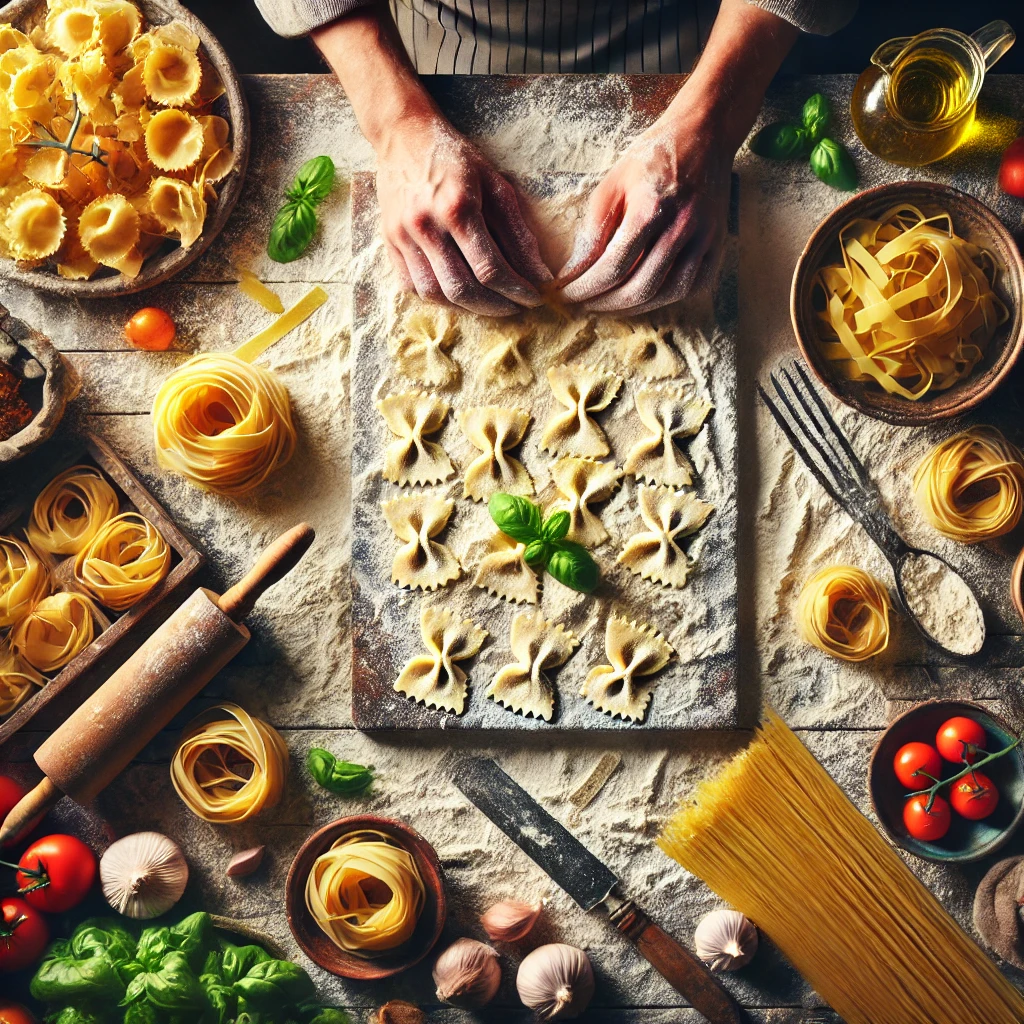
Creating pasta is not just a technical skill; it is also an expression of art and culture. Embrace the process with a sense of joy and curiosity. Experiment with various shapes, fillings, and sauces to discover your personal style while respecting traditional methods. Patience is key, as becoming proficient in pasta making takes time. Celebrate your progress and the small victories along the way, whether it’s mastering a particular shape or achieving the perfect al dente texture.
In conclusion, the journey to becoming a proficient pasta maker will be rewarding, filled with learning experiences and delicious outcomes. With dedication, practice, and an appreciation for authentic Italian cooking, you will undoubtedly cultivate confidence in your skills and deepen your love for this remarkable culinary tradition.

